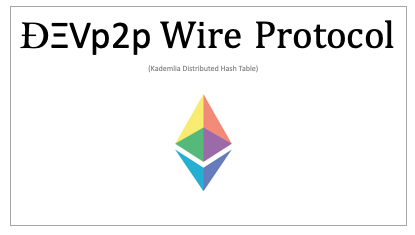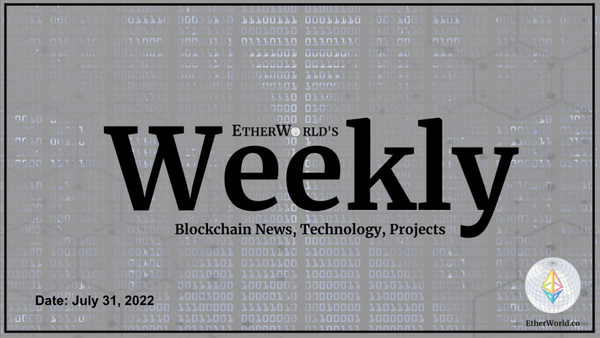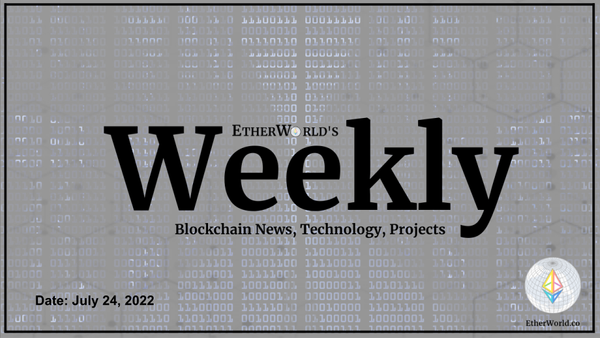Hyperledger – a Linux foundation project:
Hyperledger, a Linux Foundation project, is an open source community to help advance technology and thought leadership.
It was originated from IT majors like IBM and Intel who saw the benefits of Blockchain technology in Bitcoin. They didn’t wanted it to be used for financial transactions, so, forced them to develop their own software.
Since doing it separately would be a waste of resources, these companies centralized their software at the Hyperledger project and allowed a non-profit organization, Linux Foundation, to manage it.
Hyperledger was announced and formally named in December 2015 by 17 companies in a collaborative effort created to advance blockchain technology for cross-industry use in business.
Now with over 130 members across the world, it is the fastest growing project in Linux Foundation history.
Hyperledger is aimed to provide robust and efficient standards for blockchain ledger technology to facilitate commercial adoptions.
It provides a modular blockchain technology that contains a rich, easy-to-use application programming interface (API) and numerous core modules that enable easy development and interoperability.
Hyperledger is different from ethereum or ripple or bitcoin as it doesn’t own a currency. It is software that is used for processing. The Usage depends on how each company chooses to utilize the software. For example, banks may use the Hyperledger software to process internal data on their server without having to deal with external entities.
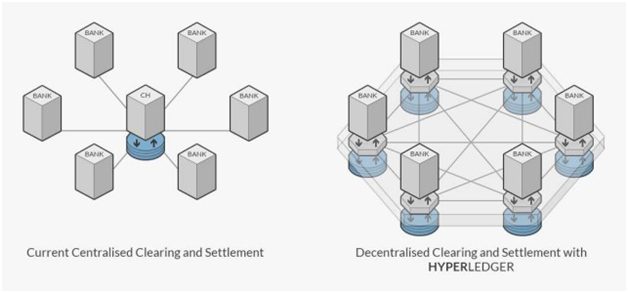
Unlike other blockchain implementations like Bitcoin or Ethereum, Hyperledger Fabric fulfills all four key elements of a blockchain for Business:
-
Permissioned network: Collectively defined membership and access rights within your business network
-
Confidential transactions: Gives businesses the flexibility and security to make transactions visible to select parties with the correct encryption keys
-
Doesn’t rely on cryptocurrencies: Doesn’t require mining and expensive computations to assure transactions
-
Programmable: Leverages the embedded logic in smart contracts to automate business processes across your network.
Some of the key concepts in Hyperledger fabric are:
• Ledger
• Block
• Chaincode
• Consensus
• Member
• Membership Services
• Multi-Channel
• Peer
• Transaction
• Policy
• Private Channels
The idea is that Hyperledger rather than being a single platform (like Ethereum) will be more similar to the Apache Project, with multiple projects under one umbrella that will be open source, freely available, and ideally have some measure of interoperability.
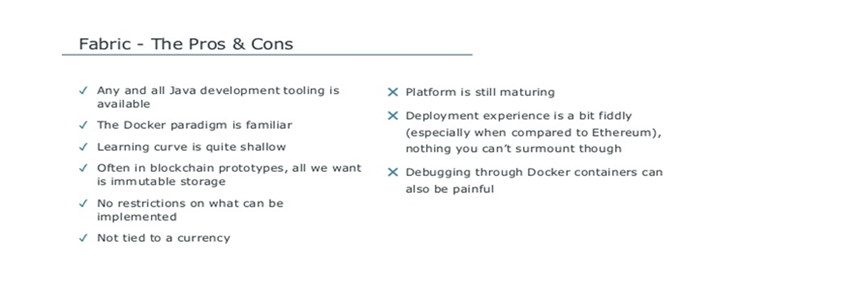
Ethereum

The Invention of Bitcoin attracted several developers to create similar cryptocurrencies with Ethereum as one of them.
Ethereum was developed by Vitalik Buterin, a 23-year old Russian, who was also a former contributor in Bitcoin magazine.
It is an open source software governed by a non-profit organization called the Ethereum Foundation- for developing decentralized applications. Ethereum has its own crypto currency called Ether, which is earned by miners. Ethereum’s ability is equivalent to Bitcoin but Smart Contracts are added to allow programming into the Ether currency so that it automatically functions under indicated conditions. This feature allows applications to be created over the Ethereum network unlocking numerous other applications which differ from Bitcoin that only allows transactions.
Hyperledger v/s Ethereum
The basic difference between Ethereum and Hyperledger lies in the way they are designed and their target audience.
-
Hyperledger has a modular architecture and which provides a lot of flexibility in terms of what you want to use and what you don't. It is targeted at businesses wanting to streamline their process by leveraging blockchain technology where as Ethereum is designed for targeting the applications which are distributed in nature and are for mass consumption.
-
Since the Ethereum has its own cryptocurrency (ether), it can be advantageous over Hyperledger in the use cases which require a cryptocurrency.
-
Also, it is not possible in Ethereum to have a transaction visible to someone, but not visible to others (a requirement that is very common in business). Fabric allows this and much more.
-
If we look at the mode of operation, Ethereum can be either public or private without any permissions where as the Hyperledger is private and Permissioned. It is clear that Hyperledger Fabric allows fine-grained control over consensus and restricted access to transactions which results in improved performance scalability and privacy.
Many people think that Blockchain platforms should use Bitcoin and that is why many people back Counterparty and Blockstream. The should argument is irrelevant to most application developers who just want to know whether their app needs Bitcoin or an Ether or Alt based currency or no currency.
The Consensus algorithm used in Ethereum is PoW (Proof of work), whereas Fabric allows one to choose between No-op (no consensus needed) and PBFT (Practical Byzantine Fault Tolerance).
However at a practical level, developers who want to build an application, have to make a choice. Given this much confusion, most developers hedge their bets to some degree through clean interfaces and layering – so that if they have made the wrong bet they can switch to a different platform relatively easily. However, developers still have to choose a platform which could either be Ethereum or Hyperledger to get started with.
In such as fast-moving world, I am sure I might have missed some points– so please tell us (comments or Twitter). If you have had direct experience building applications for these platforms and have a point of view, please chip in.
Read more articles on Ethereum and Bitcoin
- Introducing web3 commands to browser
- Understanding Ethereum Light Node
- Understanding the concept of Private Key, Public Key and Address in Ethereum Blockchain
- Certificate on IPFS and Ethereum
- Running Ethereum testnet using Geth
- Installing geth on ubuntu 16.10
- Understanding Bitcoin transaction details
Read more - EtherWorld's Good Read on Blockchain & Cryptocurrency
For news, technical blogs and project updates on Blockchain Technology, please join us at our Website, Facebook, Medium and follow us at Twitter. Please feel free to share this post, and email us with your suggestions.


